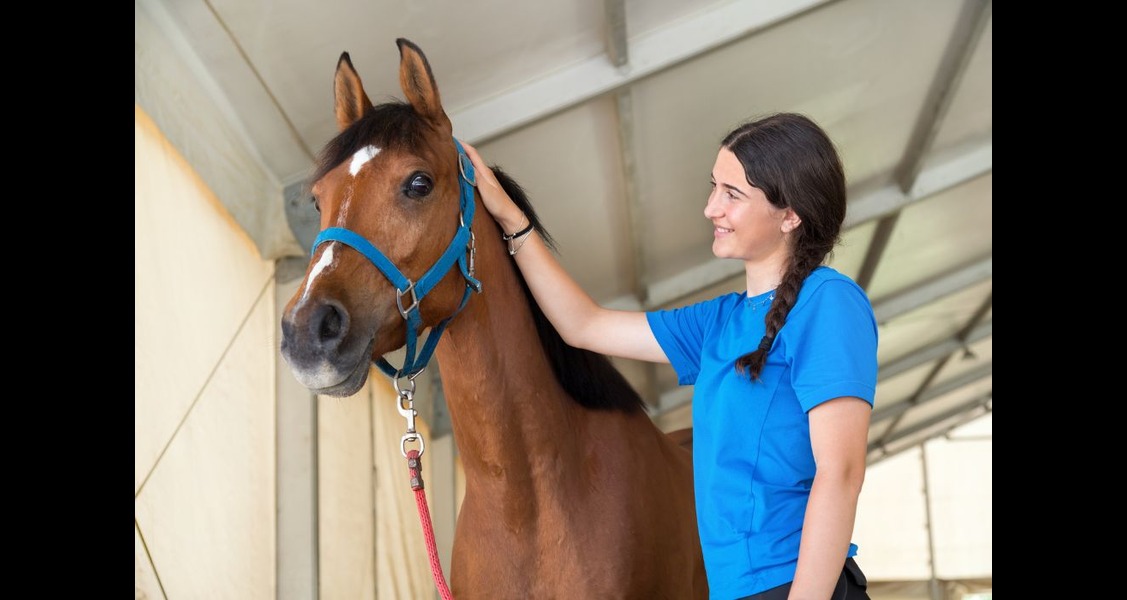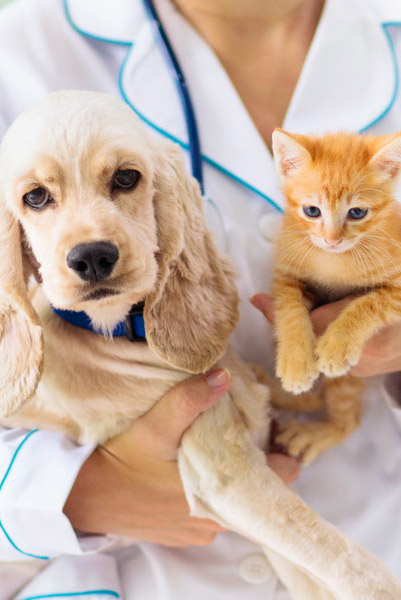How To Build Better Bonds With Your Horse Through Care
Sep 30, 2025

Horse ownership goes beyond providing food and shelter. The connection between you and your equine companion grows through intentional daily interactions and thoughtful care routines.
By building stronger bonds with your horse through care, you lay the groundwork for a foundation of trust that turns every moment together into something special. These tips can help you deepen your relationship while supporting your horse’s overall well-being.
Establish Consistent Daily Routines
Horses thrive on predictability, and your consistent presence creates security in their world. Feed your horse at the exact times each day, maintaining regular grooming sessions and exercise schedules. This reliability builds trust as your horse learns to anticipate your care.
Create specific rituals that become special moments between you and your equine friend. Some horse owners spend quiet time brushing their horses before dawn, while others prefer evening conversations in the paddock. The key lies in consistency rather than duration.
Practice Mindful Grooming Sessions
Turn grooming into a special time with your horse by taking your time and tuning in to their reactions. Pay attention to which areas your horse likes being brushed and where they need a more gentle touch. This way, your horse will see that you value their preferences.
Use grooming time to check for injuries, swelling, or changes in your horse’s condition. Your hands become tools of both care and connection as you work through their coat systematically. Many horses will lower their heads or lean into brushes when they feel truly relaxed with their handler.
Learn Your Horse’s Communication Style
Every horse communicates differently through body language, vocalizations, and behavioral patterns. Spend time observing how your horse expresses contentment, anxiety, or excitement. Some horses nicker softly when happy, while others might pin their ears when feeling overwhelmed.
Respond appropriately to your horse’s signals by adjusting your energy level and approach. When your horse shows signs of stress, slow your movements and speak in calming tones. This responsiveness demonstrates that you value their communication and builds mutual respect.
Share Quiet Moments Together
Connection often happens during peaceful moments rather than active training sessions. For instance, while you’re winterizing your stable and prepping your horse for winter, you can use this time as an opportunity for bonding. Checking their condition, adjusting blankets, or simply standing together in the barn creates meaningful interactions.
These quiet times allow your horse to experience your presence without pressure or expectations. Many horse owners find that their strongest bonds develop during these unhurried moments when they can exist together peacefully.
Prioritize Your Horse’s Health and Comfort
Attentive health care demonstrates your commitment to your horse’s well-being and strengthens bonds with your horse through thoughtful care. Schedule regular veterinary check-ups, maintain proper hoof care, and address any discomfort promptly. Your horse will associate you with relief and comfort rather than stress.
Pay attention to your horse’s individual needs, whether they require extra warmth during cold weather or prefer certain types of exercise. This personalized approach shows your horse that they matter as an individual, not just another animal in your care.
Building a Lasting Partnership
There’s no better way to unwind than spending quality time with your horse on a perfect day. With thoughtful care, personalized attention, and open communication, you’ll build a strong partnership that lets both you and your horse flourish. The more effort you put into understanding and meeting your horse’s needs, the more loyalty and harmony you’ll share.


Disclaimer: healthcareforpets.com and its team of veterinarians and clinicians do not endorse any products, services, or recommended advice. All advice presented by our veterinarians, clinicians, tools, resources, etc is not meant to replace a regular physical exam and consultation with your primary veterinarian or other clinicians. We always encourage you to seek medical advice from your regular veterinarian.

